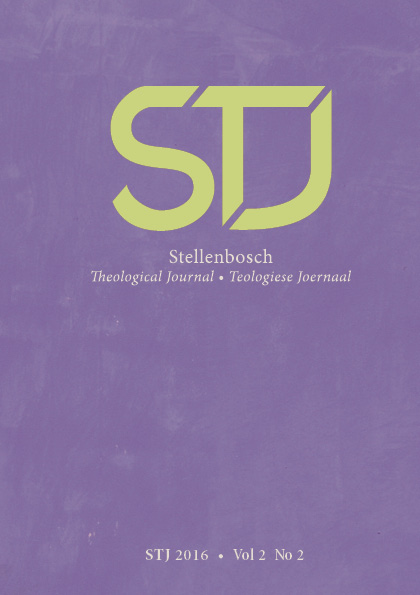Abstract
This article gives a brief history and meaning of the terms syncretism and inculturation. The article highlights the fact that over the centuries Christianity has wrestled with syncretism. Following Lamin Sanneh (1989) the authors discuss three styles Christianity has employed in engaging cultures with the Gospel. The three styles are: quarantine, syncretist, and reform. The article draws examples from the history of missions to illustrate how this went on; showing what happened when Christianity engaged the Jewish community and the Greco-Roman world. The article argues that inculturation is not “everything goes”. Using the Nso’ context of Cameroon, the authors critique inculturation which leads to syncretism and suggest holistic “translatability” and holistic “critical contextualisation” as a way out.
This work is licensed under a Creative Commons Attribution 4.0 International License.
Copyright (c) 2016 Peter Siysi Nyuyki, Attie Van Niekerk

